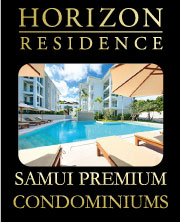- Home
- Buy
- Rent Discover the ideal rental property in Koh Samui, a tropical haven that offers more than just stunning beaches and clear blue skies. Our comprehensive listings include a diverse selection of properties for rent, from modern apartments in bustling neighborhoods to secluded villas with breathtaking ocean views. Whether you’re planning a short vacation or looking for a long-term stay, Koh Samui has a multitude of rental options to suit your needs and lifestyle. Explore our Koh Samui properties for rent and find your home away from home in this island paradise.
- Developments
- Construction
- Property Management
- Invest
- Information
- THB
- USD
- EUR
- JPY
- CNY
- AUD
- CAD
- GBP
- HKD
- CHF
- Square Feet
- Square Meters
Luxury Villas & Property for Sale and Rent in Koh Samui, Thailand
Following Koh Samui Property Rules
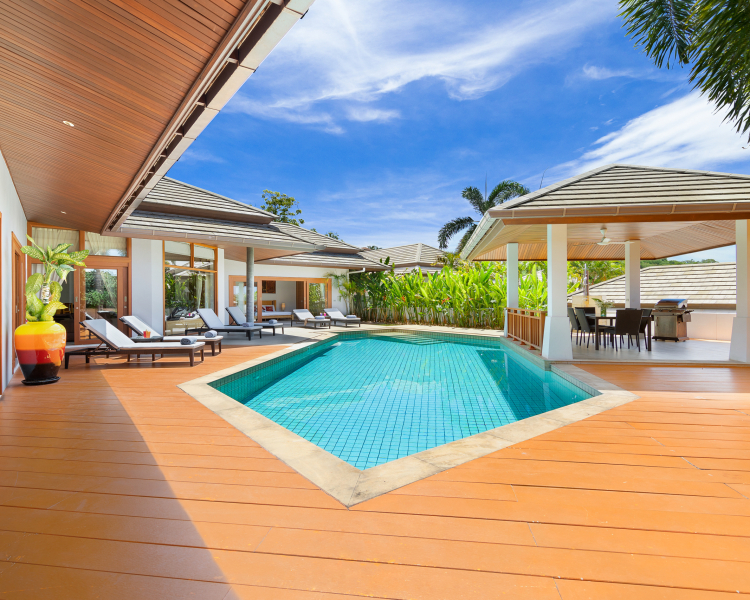
Whether you’re a Koh Samui property developer, an individual with a plot of land, an existing resident, or someone considering buying a property on Koh Samui, the future development of the island is very important. It’s time to stop listening to rumours. Don’t have your enthusiasm and dreams destroyed by inaccurate, vague or incorrect information.
In relation to the zoning of Samui, the final draft regulation was submitted for government approval. If it’s approved, then this Ministerial Regulation will be enforced for a period of 5 years. But the whole draft may, or may not, be approved. And until the actual regulation comes into force then, of course, there’s still room for some small amendments. But, as it stands at this moment in time, this is a detailed overview of the proposals that have been submitted.
The objectives of the Ministerial Regulation are to provide sustainable guidance and control over the development of property on Koh Samui; to maintain the uniqueness of the community; and to preserve the valuable environment, the quality of life and tourism.
The main policy is to arrange an effective system of land utilization that is consistent with the future community expansion; to encourage the economic development of the island; and to develop a public utility network.
The aim is to achieve this by promoting Koh Samui as the leading regional and international tourism centre in the southern area of the Gulf of Thailand; encouraging the Samui community to be a local management and administrative centre; preserving and maintaining the attractive environment, and natural resources, consistent with local traditions. And, in accordance with a sustainable development policy; maintaining Samui’s unique lifestyle, settlements, art, traditions and customs; encouraging and supporting conservation-tourism, the future development of tourism, and the role of agriculture; encouraging the development of quality, convenient and safe residential Koh Samui property and commercial areas, with services and transportation. And by providing public utilities that are consistent with the community’s future growth and the economic expansion of the island.
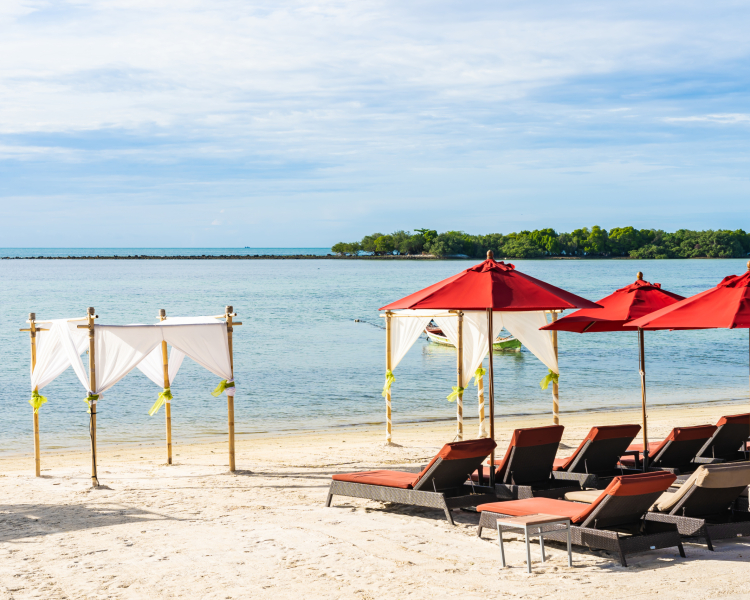
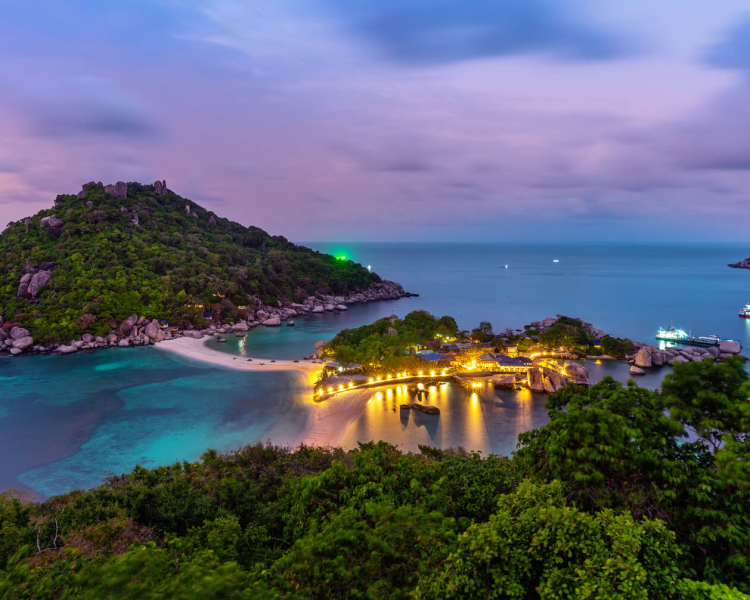
The future growth is to be controlled by identifying important tourism areas and supporting and encouraging the conservation of those areas (the areas identified are high-density, medium-density, and conservation-tourism service communities); conserving and supporting tourism centres, including, but not limited to, surrounding islands, beaches, coastlines and mountains; determining the use of the land, encouraging the preservation of mountains, forests, coastlines and natural water resources; maintaining the ecological environment. And by conserving areas of importance in relation to religion, custom, tradition and public utilities; identifying the specific areas and encouraging the conservation and support of agricultural areas in famous, and unique agricultural products.
It’s proposed that the introduction of 12 specific zones will enable all of this to be achieved. Each zone, represented on the map by a colour, will determine what kind of Koh Samui property construction is permitted, and the allowed purpose of any land or building within that zone. Each zone has a comprehensive list of specifically prohibited uses for the land within it. And there’s also a set of rules for each zone that must be complied with. It’s indicated that government offices and public utilities can be located in most of the zones, as and where they’re required.The zones are as follows:
Zones 1.1 to 1.20, in yellow, will be low-density residential areas for Koh Samui property. And land in these zones shall be used mainly for residential and tourism purposes. Land may be put to other purposes in these zones. But, any land used for other purposes mustn’t exceed 15% of the land in each of these zones. Constructions prohibited in the yellow zones include: factories; gas and petrol storage facilities; animal breeding; industrial; entertainment venues; slaughterhouses; silos; waste disposal; or junkyards.
In these zones the following rules apply:
- The total area of any buildings, except hotels, must not exceed 2,000 sqm and the height of any building must not exceed 12m
- Where the land is used for residential purposes, including hotels, apartments, and bungalows, the surrounding space must be at least 40% of the whole
- Where land is used for acceptable purposes other than residential, it shall have a surrounding space of at least 20% of the whole
- Where the land borders a public canal or public water source, the land 6m from the edge must not be used (except for the construction of water transportation facilities or public utilities)
- The land 10m from the coast must not be used (specific exceptions exist)
- Where the land is within 50m from the coast, no building should exceed 6m in height. And its total area must not exceed 75sqm, and the surrounding space must be at least 75 % of the whole (specific exceptions exist)
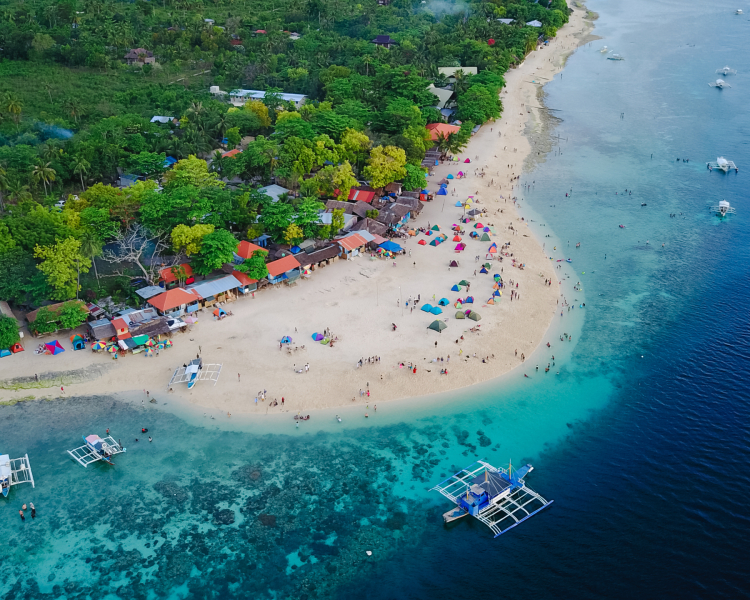
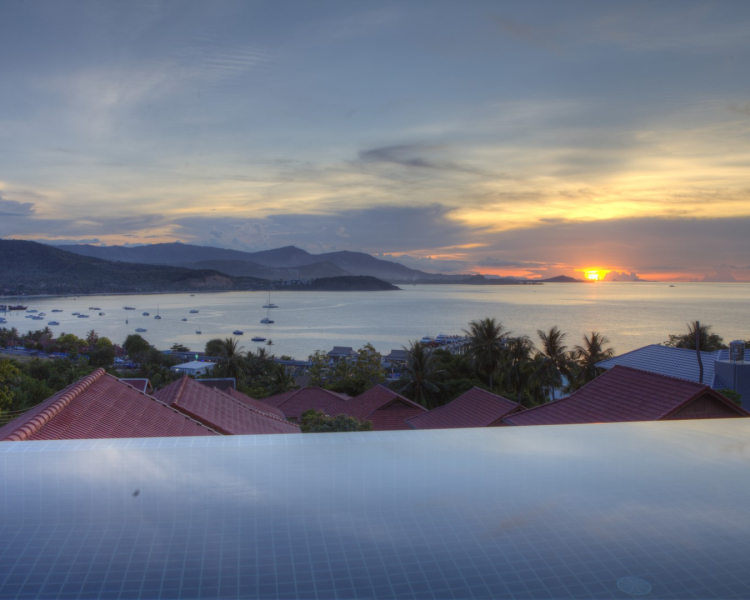
Zone numbers 2.1 to 2.4, in orange, shall be medium-density residential Koh Samui property areas. Land here will be used as in the yellow zones. But the land used for other purposes in these zones must not exceed 20%. Prohibited buildings are also are similar to those in the yellow zones. But graveyards are added to the list. And the rules in these zones are: a), as above; b), as above, but the surrounding space must be at least 20% of the whole; d), e), and f) as above.
Zones 3.1 to 3.11 will be high-density residential and commercial areas. Land here will be used predominately for commerce, residential and tourism purposes. And land used for other purposes must not exceed 15%. Again the prohibited list is the same as in the orange zones. And the rules are: a), d), e), and f) as above.
Zone 4 shall be an industrial and warehouse area. Land here is to be used primarily for the purpose of industry (which includes any permitted factory provided for in the Ministerial Regulation addendum), community recycling factories and warehouses. In the event that the land is to be used for other acceptable purposes, a maximum of 10% of the whole land may be used. Residence, commerce and foster homes are included in the list of prohibited buildings for these zones. And the rules to be complied with are: a) and d) as above.
Zones 5.1 and 5.2 will be specific industrial and warehouse areas. And land in these zones is to be used for the purpose of a specific industry, which includes any permitted factory provided for in the Ministerial Regulation addendum, community recycling factories and warehouses. And in the event that land is to be used for other acceptable purposes, a maximum of 10% of the whole may be used. Prohibited buildings are as in the violet zones. And the rules are: a) as above.
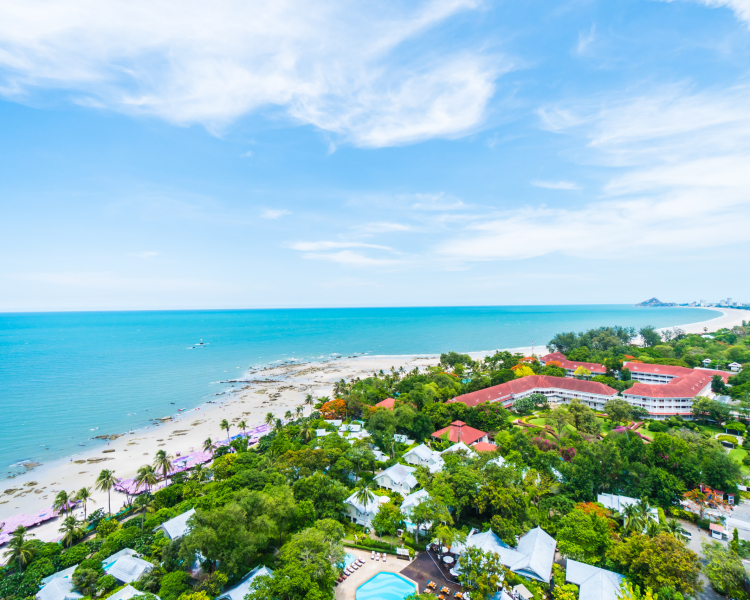
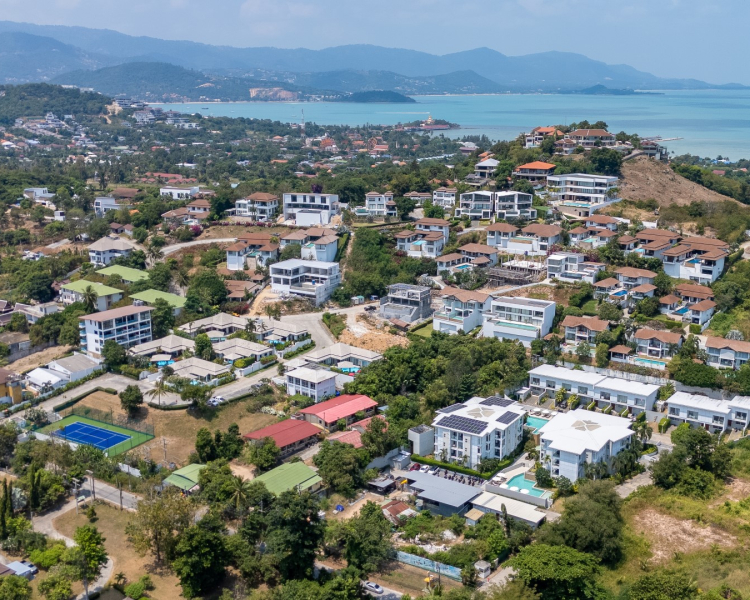
Zones 6.1 to 6.11 shall be rural and agricultural areas. Land here is to be used for agricultural purposes, or any activity relating to agriculture, residence and tourism. In the event that any land is used for other acceptable purposes, then a maximum of 20% of the whole may be used. The list of prohibited buildings in these zones is more extensive and includes: buildings for commercial purposes, except as part of a residential development. And they must be no bigger than 10% of the whole; any residential, commercial or industrial building with a floor space exceeding 2,000 sqm or a height of over 12m; residential or commercial building purposes, except as part of a residential development and equal to not more than 10% of the whole; condominiums, apartments or dormitories; or residences in commercial buildings except as part of a residential development and equal to not more than 10% of the whole.
The rules for all green zones other than zones 6.3 and 6.9 are: a) and b) as above; c) as above, but with surrounding space of at least 50%; d), e), and f) as above.
Zones 7.1 to 7.7 shall be areas which will be kept open for public use and for the maintenance of the environment. Land in these zones is to be used only for the purposes of recreation, or any activity relating to recreation; the maintenance of the environment; or for the benefit of the public (with the exception of government owned water transport facilities). Those purposes prohibited here include: residential purposes; any building whose total areas exceeds 1,000 sqm or 12m height; residential purposes relating to condominiums, apartments, dormitories, attached houses, or commercial house types; waste disposal facilities; junkyards; or vehicle servicing or manufacturing facilities. And the rules for these zones are: d) as above. And in zone 7.1 the additional rules apply: f) as above; g) in no case may the 10m space parallel to the coast be used; h) on land from 50m from the coast inwards, building must not exceed 6m in height, cover an area of more than 100sqm, or have empty space surrounding the building that’s less than 50 percent of the whole plot of land.
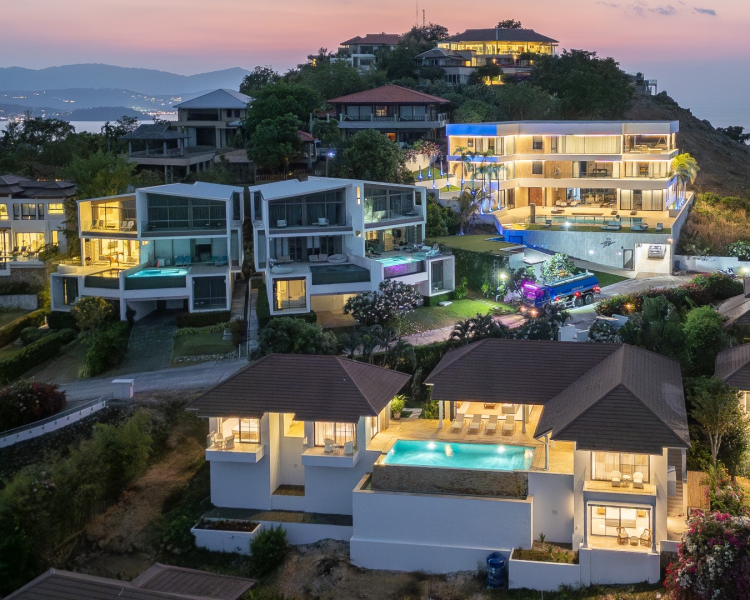

Zones 8.1 to 8.3 will be reserved forest areas, where the land is to be used for the protection and preservation of the forest, wild animals, water resources and any other natural resource, according to the resolution of the Council of Ministers. And in accordance with Thailand’s laws relating to the preservation and protection of wild animals, and the protection of the environment. Included in the prohibited list are buildings such as: hotels; buildings for residential, commercial, or industrial purposes; and condominiums, dormitories, attached houses, or commercial house types. The rules for these zones are: a) and d) as above.
Zones 9.1 to 9.27 shall be areas for educational institutes. Land here is to be used for educational purposes or any activity relating to education; or for the benefit of the public only. And the only rule specified for these zones is that buildings must not exceed 12m in height.
Zone 10 will be areas allocated for tourism, fishing and the maintenance of the surrounding environment. Land here is to be used for the purposes of the preservation of the environment; tourism or any activities relating to tourism; the benefit of sea life; seaside fishing; or the public benefit only.
Zones 11.1 to 11.24 will be areas for religious purposes. Land in these zones is to be used for the purpose of religion or any activity relating to religion; education; or for the public benefit only. Rules here are: d) as above; and that no buildings in these zones should exceed 12m in height.
Zones 12.1 to 12.29, as marked in blue, will be areas for government offices and public utilities. And the land in these zones is to be used for the purposes of state operations, any activity relating to the public utilities and public assistance, or public benefit only. Again, the only rule here is that buildings in these zones must not exceed 12m in height.
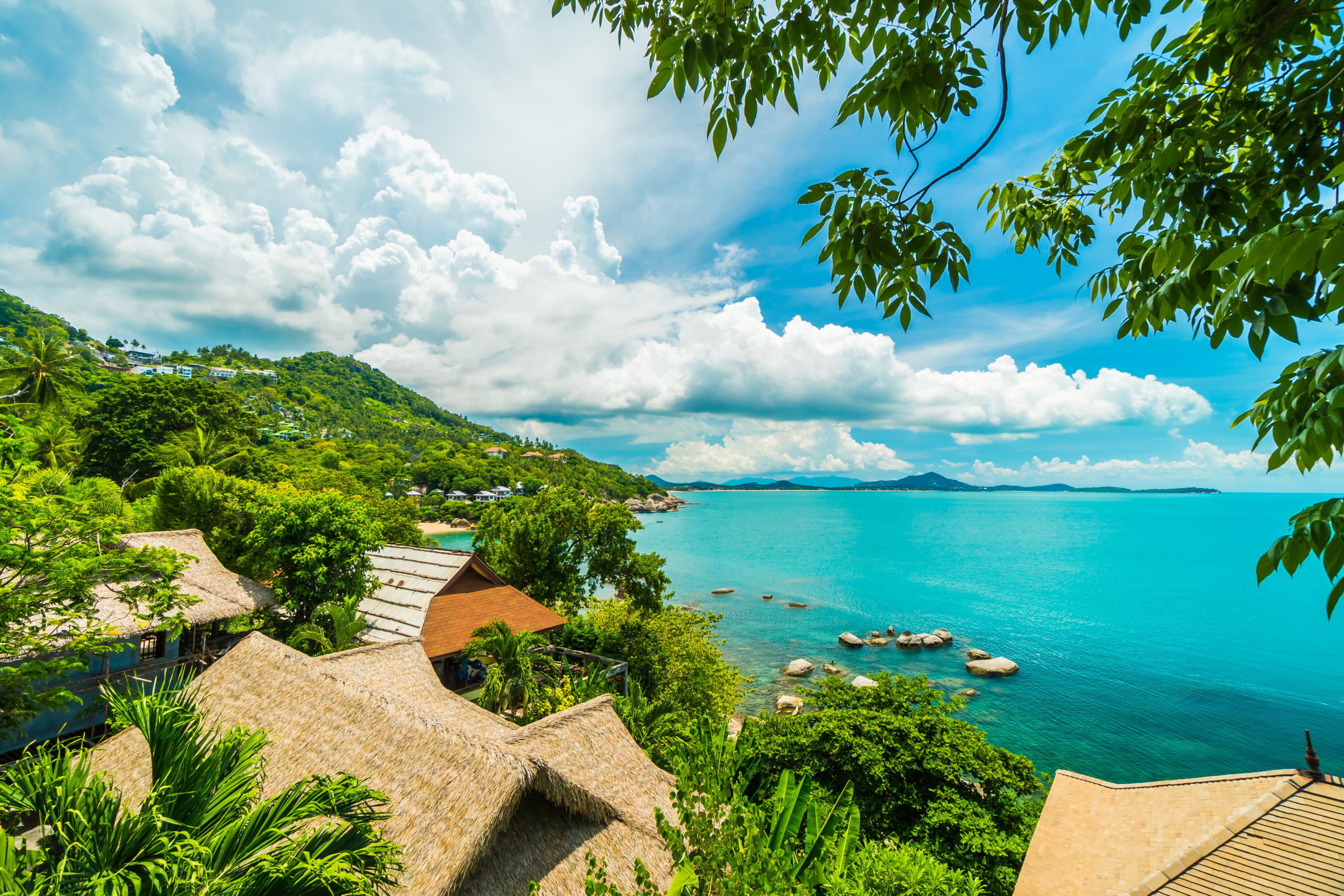
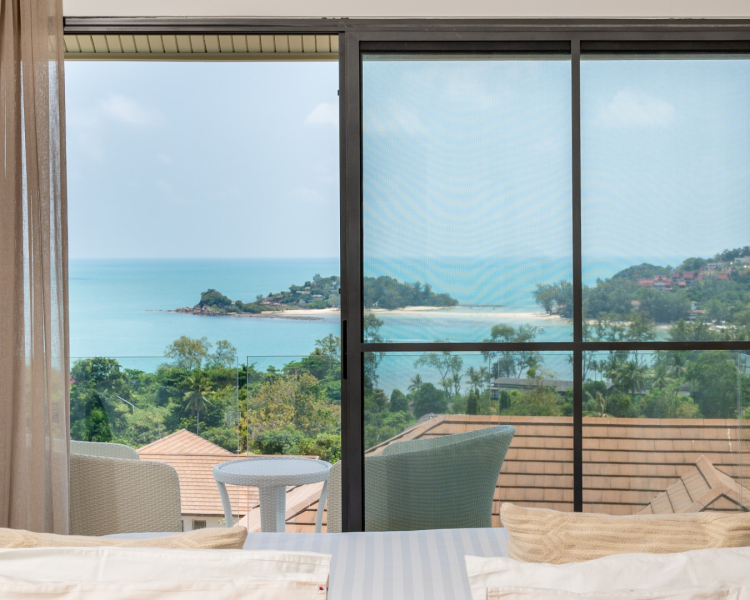
As you can see from this information, there are no major deviations from the existing Koh Samui property building regulations. The main difference is that the rules are now more area-specific. And, despite rumours to the contrary, there is no mention of prohibiting construction in areas above 80m high.
If this system of city planning is approved and implemented, then the long term benefits for Samui are clear. Zoning is an internationally accepted method of controlling development. And it’s been successfully employed in many cities around the world. To be completely beneficial it needs to have an element of flexibility and common sense applied. These proposals suggest a level of flexibility by allowing other acceptable uses within each zone’s individual regulations. And, by not attempting to introduce wide- spread, and potentially damaging, changes to the existing rules, the proposals seem fairly sensible.
For Samui to maintain its standing as a leading world tourist destination, and to continue to attract income and investment from the Koh Samui property industry, it makes perfect sense that the development should be controlled and managed properly. And that it’s completed in the best interests of the island.
A translation of the ministerial regulation and a copy of the map were kindly provided by McEvily Collins – Attorneys of Law.
For more information about Koh Samui Zoning please contact us and our team of Real Estate professionals here at Horizon Homes to discuss any questions you may have.
Call us now on: +66 (0) 77 417 005

